Lisinopril Dihydrate
Synonym(s):(S)-1-[N2-(1-carboxy-3-phenylpropyl)-lysyl-proline dihydrate;Lisinopril;MK-521
- CAS NO.:83915-83-7
- Empirical Formula: C21H33N3O6
- Molecular Weight: 423.51
- MDL number: MFCD08064198
- EINECS: 627-033-9
- SAFETY DATA SHEET (SDS)
- Update Date: 2025-12-23 21:30:31
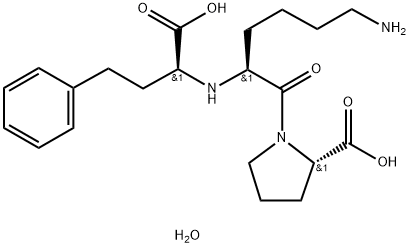
What is Lisinopril Dihydrate?
Description
Lisinopril is an angiotensin converting enzyme inhibitor structurally related to enalaprilat. It is reportedly useful in the management of hypertension and congestive heart failure.
Description
Lisinopril is an angiotensin-converting enzyme (ACE) inhibitor used primarily to treat hypertension, congestive heart failure, and heart attacks and to prevent renal and retinal complications of diabetes. It was developed by Merck and is marketed worldwide by Merck, AstraZeneca, Micro Labs, and generic drug suppliers. [Taken from Wikipedia—Ed.]
Chemical properties
White to Off-White Crystalline Powder
Originator
Merck (USA)
The Uses of Lisinopril Dihydrate
An orally active angiotensin-converting enzyme (ACE) inhibitor. S,S,S-Isomer of Lisinopril
The Uses of Lisinopril Dihydrate
An orally active angiotensin-converting enzyme (ACE) inhibitor. S,S,S-Isomer of Lisinopril.
The Uses of Lisinopril Dihydrate
These Secondary Standards are qualified as Certified Reference Materials. These are suitable for use in several analytical applications including but not limited to pharma release testing, pharma method development for qualitative and quantitative analyses, food and beverage quality control testing, and other calibration requirements.
Definition
ChEBI: Lisinopril dihydrate is a hydrate. It has a role as an antihypertensive agent. It contains a lisinopril.
brand name
Prinivil (Merck); Zestril (AstraZeneca).
General Description
Lisinopril, 1-[N2-[S-1-carboxy-3-phenylpropyl]-L-lysyl]-L-proline dihydrate (Prinivil, Zestril), is alysine derivative of enalaprilat, the active metabolite ofenalapril. Like all ACE inhibitors, it is an active site-directedinhibitor of the enzyme, with the zinc ion used in an effectivebinding interaction at a stoichiometric ratio of 1:1. The pharmacologicaleffects of lisinopril are similar to those of captopriland enalapril.
Biochem/physiol Actions
Angiotensin converting enzyme (ACE) inhibitor.
Clinical Use
Many new ACE inhibitors became available for the treatmentof hypertension following the clinical effectivenessof enalapril. Enalapril is a non–thiol-containing ACE inhibitordevoid of the side effects of rash and loss of thesense of taste characteristic of the thiol-containing compoundcaptopril. With the exception of the phosphoruscontainingfosinopril, these antihypertensive agents havea 2-, like the prototypical drug captopril,are used in the treatment of mild-to-moderate hypertension,either alone or in conjunction with diuretics orcalcium channel blockers.
Veterinary Drugs and Treatments
The principle uses of lisinopril in veterinary medicine at present are
as a vasodilator
in the treatment of heart failure or hypertension.
Recent studies have demonstrated that ACE inhibitors, particularly
when used in conjunction with furosemide, do improve the quality
of life in dogs with heart failure. It is not clear, however, whether it
has any significant effect
on survival times. Lisinopril may also be of
benefit in treating the effects associated with valvular heart disease
(mitral regurgitation) and left to right shunts. It is being explored
as adjunctive treatment in chronic renal failure and in protein losing
nephropathies.
Lisinopril may have advantages over other ACE inhibitors in
that it may be dosed once daily and less expensive. Disadvantages
are that it is only available in human labeled dosage forms and there
is much less published information on its use (efficacy, safety, dosing)
in veterinary species.
Properties of Lisinopril Dihydrate
| Melting point: | 148 °C |
| alpha | 25405 -120° (c = 1 in 0.25M pH 6.4 zinc acetate); 25436 -96° (c = 1 in 0.25M pH 6.4 zinc acetate) |
| refractive index | -45 ° (C=1, 0.25mol/L Zinc Acetate Buffer) |
| storage temp. | 2-8°C |
| solubility | H2O: ≥10 mg/mL |
| form | solid |
| pka | 2.5, 4.0, 6.7, 10.1(at 25℃) |
| color | white |
| Merck | 14,5516 |
| Stability: | Hygroscopic |
| CAS DataBase Reference | 83915-83-7(CAS DataBase Reference) |
| EPA Substance Registry System | L-Proline, N2-[(1S)-1-carboxy-3-phenylpropyl]-L-lysyl-, hydrate (1:2) (83915-83-7) |
Safety information for Lisinopril Dihydrate
| Signal word | Danger |
| Pictogram(s) |
 Health Hazard GHS08 |
| GHS Hazard Statements |
H373:Specific target organ toxicity, repeated exposure |
| Precautionary Statement Codes |
P202:Do not handle until all safety precautions have been read and understood. P260:Do not breathe dust/fume/gas/mist/vapours/spray. P280:Wear protective gloves/protective clothing/eye protection/face protection. P308+P313:IF exposed or concerned: Get medical advice/attention. P405:Store locked up. P501:Dispose of contents/container to..… |
Computed Descriptors for Lisinopril Dihydrate
New Products
Indole Methyl Resin tert-butyl 9-methoxy-3-azaspiro[5.5]undecane-3-carboxylate Boc-His(Boc)-OH 2-CTC Resin 4-Chloro-7-tosy1-7Hpyrrolo[2,3-d]pyrimidine 5,7-Dibromo-1H-indole 2,5-dichloro-N-hydroxy-4,6-dimethylpyridine-3-carboximidamide 2,2-Dimethoxy-7-azaspiro[3.5]nonane hydrochloride 4-chloromethyl-5-methyl-1,3-dioxol-2-one (DMDO-Cl) R-2-BENZYLOXY PROPIONIC ACID 1,1’-CARBONYLDIIMIDAZOLE 1,1’-CARBONYLDI (1,2-4 TRIAZOLE) N-METHYL INDAZOLE-3-CARBOXYLIC ACID 4-((2-hydroxyethyl)thio)benzoic acid 1-(TERT-BUTOXYCARBONYL)-2-PYRROLIDINONE Methyl 6-methylnicotinate 3-Pyridineacrylic acid tert-Butyl carbazate TETRAHYDRO-2H-PYRAN-3-OL 2-((4-morpholinophenylamino) (methylthio) methylene) malononitrile 3-(4-morpholinophenylamino)-5-amino-1H-pyrazole-4-carbonitrile 2,4-dihydroxybenzaldehyde 1,3-Diethyl-1,3-Diphenylurea Methyl 2-methylquinoline-6-carboxylateRelated products of tetrahydrofuran
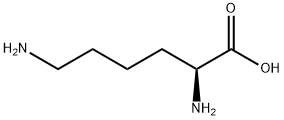

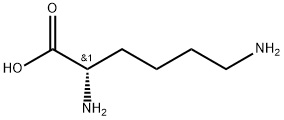
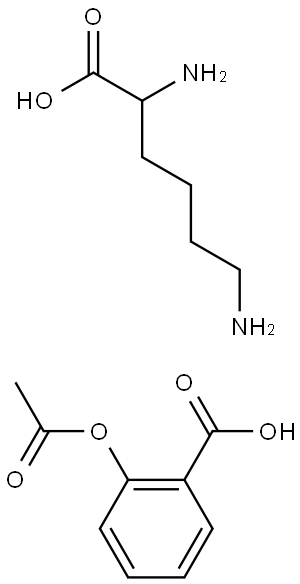



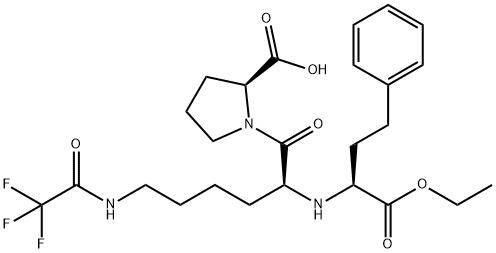
You may like
-
 83915-83-7 Lisinopril dihydrate 98%View Details
83915-83-7 Lisinopril dihydrate 98%View Details
83915-83-7 -
 Lisinopril Dihydrate CAS 83915-83-7View Details
Lisinopril Dihydrate CAS 83915-83-7View Details
83915-83-7 -
 Lisinopril dihydrate >98% (HPLC) CAS 83915-83-7View Details
Lisinopril dihydrate >98% (HPLC) CAS 83915-83-7View Details
83915-83-7 -
 Lisinopril dihydrate CAS 83915-83-7View Details
Lisinopril dihydrate CAS 83915-83-7View Details
83915-83-7 -
 Lisinopril CAS 83915-83-7View Details
Lisinopril CAS 83915-83-7View Details
83915-83-7 -
 Lisinopril CAS 83915-83-7View Details
Lisinopril CAS 83915-83-7View Details
83915-83-7 -
 Lisinopril dihydrate CAS 83915-83-7View Details
Lisinopril dihydrate CAS 83915-83-7View Details
83915-83-7 -
 Lisinopril CAS 83915-83-7View Details
Lisinopril CAS 83915-83-7View Details
83915-83-7
